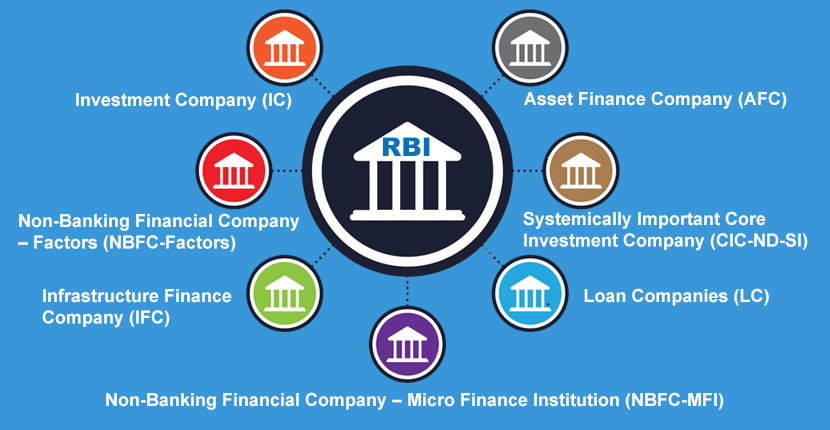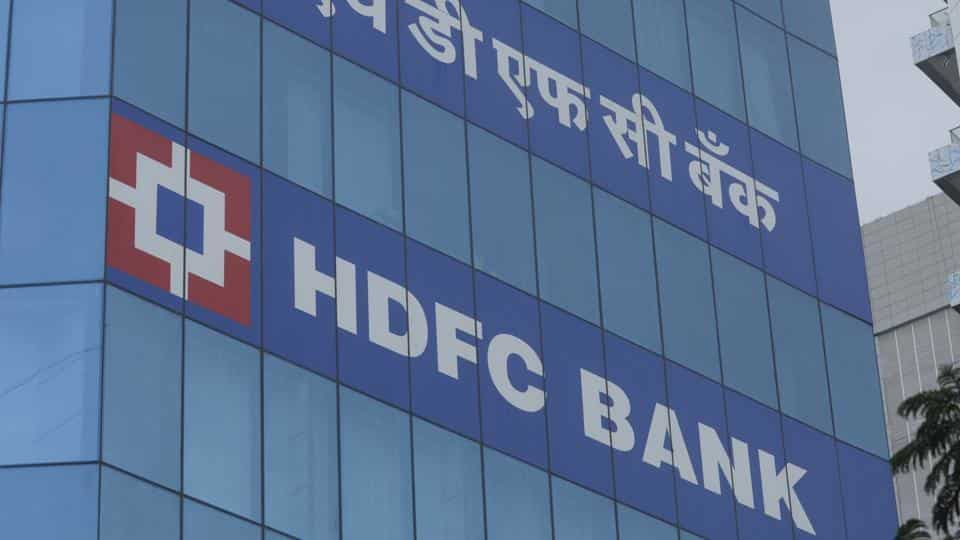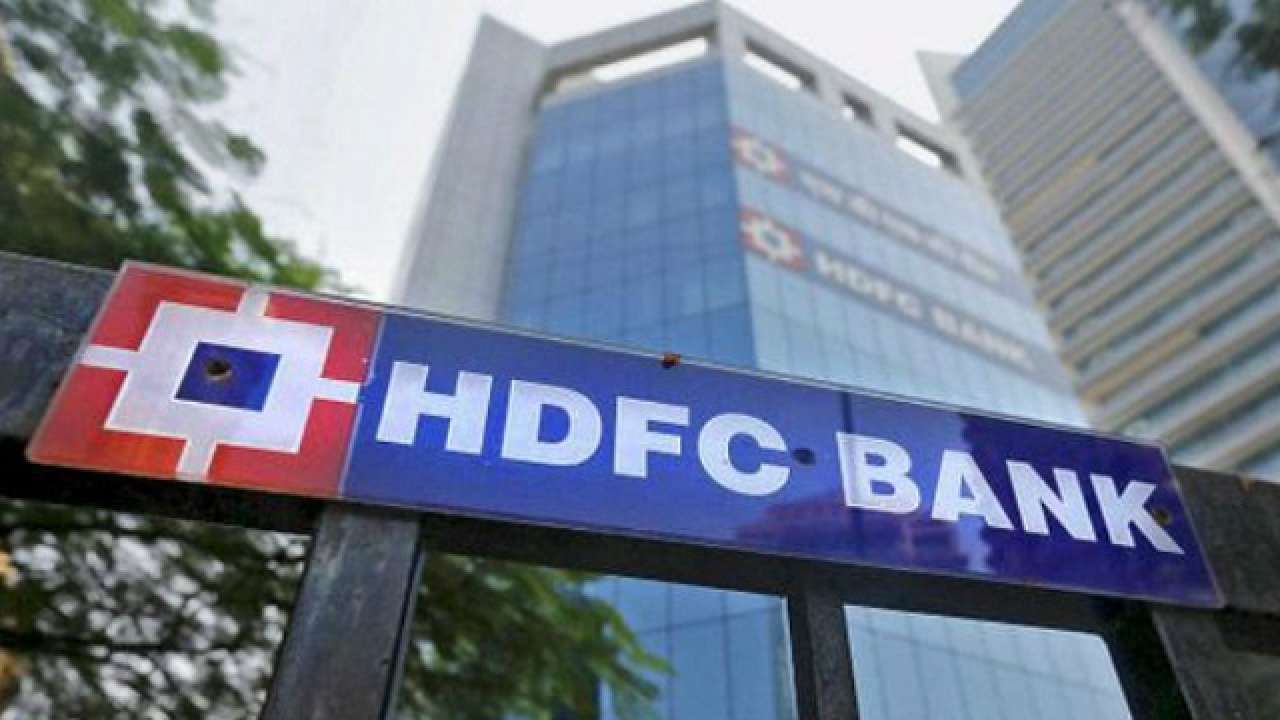Future Growth Potential Affected by HDFC’s Exit as Securitization Volume Skyrockets 60% to Rs 53,000 Crore in Q1

Future Growth Potential Affected by HDFC’s Exit as Securitization Volume Skyrockets 60% to Rs 53,000 Crore in Q1
According to a report by Icra Ratings, the securitization volume has witnessed a substantial 60% year-on-year growth, reaching Rs 53,000 crore during the first quarter. This growth can be attributed to high credit expansion and favorable macroeconomic conditions. The report further predicts that the securitization volume is expected to reach Rs 1,90,000 crore by March.
However, the subsequent quarters may experience an impact on the volumes due to the exit of HDFC, following its merger with HDFC Bank. Despite this development, the overall securitization market has remained resilient, benefiting from robust credit growth and positive economic factors.

The surge in securitization volume indicates the confidence of market participants and highlights the importance of securitization as a financing tool in the current economic landscape. The continued growth in securitization is expected to play a significant role in meeting the funding requirements of various sectors and supporting the overall economic growth of the country.
The report highlights that during the first quarter of FY23, the securitization volume reached a low of Rs 33,000 crore. However, the volume gradually recovered, and for the full year, it stood at Rs 1,80,000 crore, which was close to the pre-pandemic level. This resurgence in securitization volume indicates the resilience and recovery of the securitization market.
The securitization market is primarily driven by non-banking financial companies (NBFCs) and housing finance companies (HFCs). Both direct assignments and pass-through certificates have contributed to the growing volumes of securitization, providing these institutions with a means to diversify their fund-raising avenues. This diversification is crucial for financial institutions, including banks, as it allows them to tap into alternative sources of funding while managing their liquidity requirements.

The growth in securitization volumes after the pandemic reflects the industry’s confidence in this financing tool and its ability to meet the funding needs of various sectors. The continued reliance on securitization by banks and other financial entities highlights its importance in maintaining liquidity and supporting the broader financial ecosystem.
Abhishek Dafria, a senior vice president at Icra, acknowledges the ongoing buoyancy in the securitization market during the first quarter. Despite the rise in interest rates over the past year, there has been a robust demand for retail credit, leading to increased financing requirements for non-banking financial companies (NBFCs) and housing finance companies (HFCs).
This trend indicates that despite the prevailing interest rate environment, borrowers have shown resilience and a continued appetite for credit. The strong demand for retail credit has contributed to the financing needs of NBFCs and HFCs, driving the growth in the securitization market.

The sustained buoyancy in the securitization market is a positive sign for the financial industry, as it demonstrates the ability of NBFCs and HFCs to meet the credit demands of consumers. It also reflects the trust and confidence of investors in the securitization market as a viable financing avenue.
Despite the exit of HDFC, the largest player in the securitization space, the agency remains optimistic about the growth prospects of the market. It foresees the overall securitization market to expand to Rs 1,90,000 crore by March, driven by increased volumes from existing originators and the emergence of new originators.
Historically, mortgage-backed loans have constituted the largest share of the overall securitization volume, accounting for approximately 40%. They are followed by vehicle loans and microfinance loans. In the first quarter, mortgage-backed loans once again accounted for a significant portion, representing a third of the total securitization volumes.

This data highlights the importance of mortgage-backed loans in the securitization market and the continued demand for such financing instruments. The diversification of securitization across various loan categories signifies the wide range of assets that can be securitized, offering investors a variety of investment options.
Overall, the growth in securitization volumes from existing and new originators showcases the resilience and potential of the market. It provides opportunities for both originators and investors, contributing to the overall development and depth of the securitization ecosystem in India.
HDFC, being the largest originator in the securitization market in recent years, maintained its position as the top originator in the first quarter. However, following its reverse merger with its banking subsidiary, effective July 1, HDFC will no longer engage in loan sell-down activities.

The reverse merger of HDFC with its banking subsidiary implies that the loans originated by HDFC will remain within the merged entity. As a result, HDFC will no longer participate in the loan sell-down process, which involves transferring loan portfolios to other investors through securitization.
This development is significant as it will impact the securitization market, considering HDFC’s prominent role as a major originator. The absence of HDFC as a loan sell-down participant may affect the overall volume and dynamics of the securitization market in the future.
As the securitization landscape evolves following the merger, other originators may have the opportunity to fill the void left by HDFC and increase their participation in the securitization market. It will be interesting to observe how this transition shapes the securitization space and the market dynamics going forward.

The report suggests that with the exit of HDFC from the loan sell-down process, the share of mortgage-backed loans in the securitization market is expected to decrease to 20 to 25 percent of the total volumes. This shift will likely lead to vehicle loans becoming the largest asset class in the securitization space.
The anticipated growth in loan volumes for vehicle loans is attributed to the strong construction and mining activities, which will drive demand for vehicle financing in the near term. This trend indicates that the securitization market will see a shift in asset composition, with vehicle loans taking a larger share compared to mortgage-backed loans.




